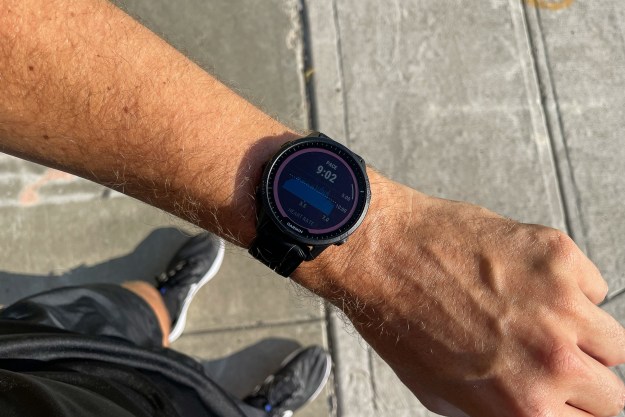Yes, you read that title correctly: Neuroscience researchers (and presumably Bond villains in training) from Zhejiang University, China, have created a method that allows humans to control the movements of rats using a technology called a brain-brain interface.
Brain-computer interfaces (BCIs) have been around for a while now, allowing people to convey instructions to a computer using only their minds. These generally work by taking an electroencephalogram (EEG) cap which picks up neural activity from inside the brain and then training a computer system to recognize the pattern of simple thoughts for a given individual. These patterns can then be identified by the computer and converted into an action of some kind.
BCIs work best when the person is thinking about binary choices like left or right, such as when navigating. Another style of interface that works well is when a person imagines making a movement, as the neural activity of imagined motor actions is fairly similar to the activity seen when those movements are performed for real. This is why BCIs hold such great potential to help people with paralysis or muscle issues.
Once BCIs were established, it became possible to set up an interface with a controlling brain as the sender and to use a technique called transcranial magnetic stimulation (TMS) to convey signals to a receiving brain. TMS works by placing a magnetic coil over an area of the brain near the surface of the head and firing a magnetic field pulse which stimulates the brain. If the TMS coil is placed over an area of the motor cortex, for example, then an involuntary movement can be induced. This meant that one brain could be connected to another, creating a brain-brain interface (BBI) which was first demonstrated in 2015 when one researcher was able to cause his colleague’s finger to move from across the school campus.
What’s new about this particular study is the use of similar technology to connect a human brain to the brain of a different animal. To create a “rat cyborg” (which is, incredibly enough, not a journalistic flourish but the actual name for the creatures given by the scientists) researchers used an EEG cap on a human to detect instructions for movements and then send this information directly into the brain of the rat via microelectrodes. After the rats were trained to relate the stimulation signals to motor movements, the simulation signals could be sent wirelessly through Bluetooth and the rats would follow directions.
All of this meant that it was possible for a person to see a map of a maze that the rat was in and then use their brain to wireless control the rat’s movements, with the rats “smoothly and successfully” navigating the maze. The researchers also experimented with using eye blinks as a signaling mechanism and say that their next step is to look at making the control signals bidirectional, so that two humans can communicate directly brain to brain.
The study is published in Nature.




